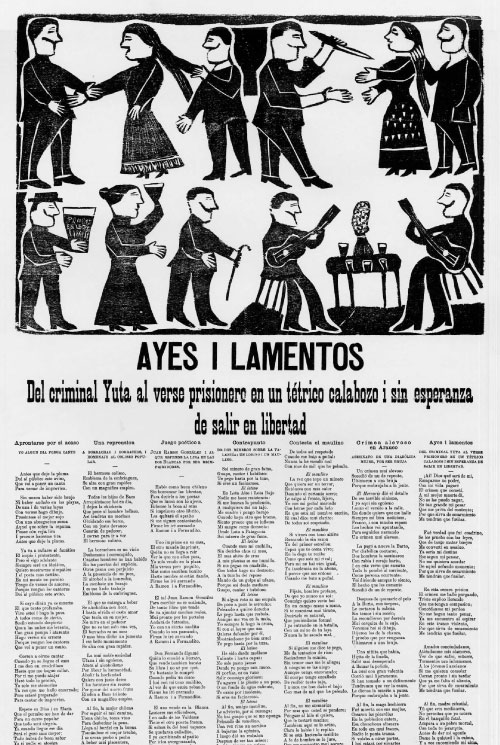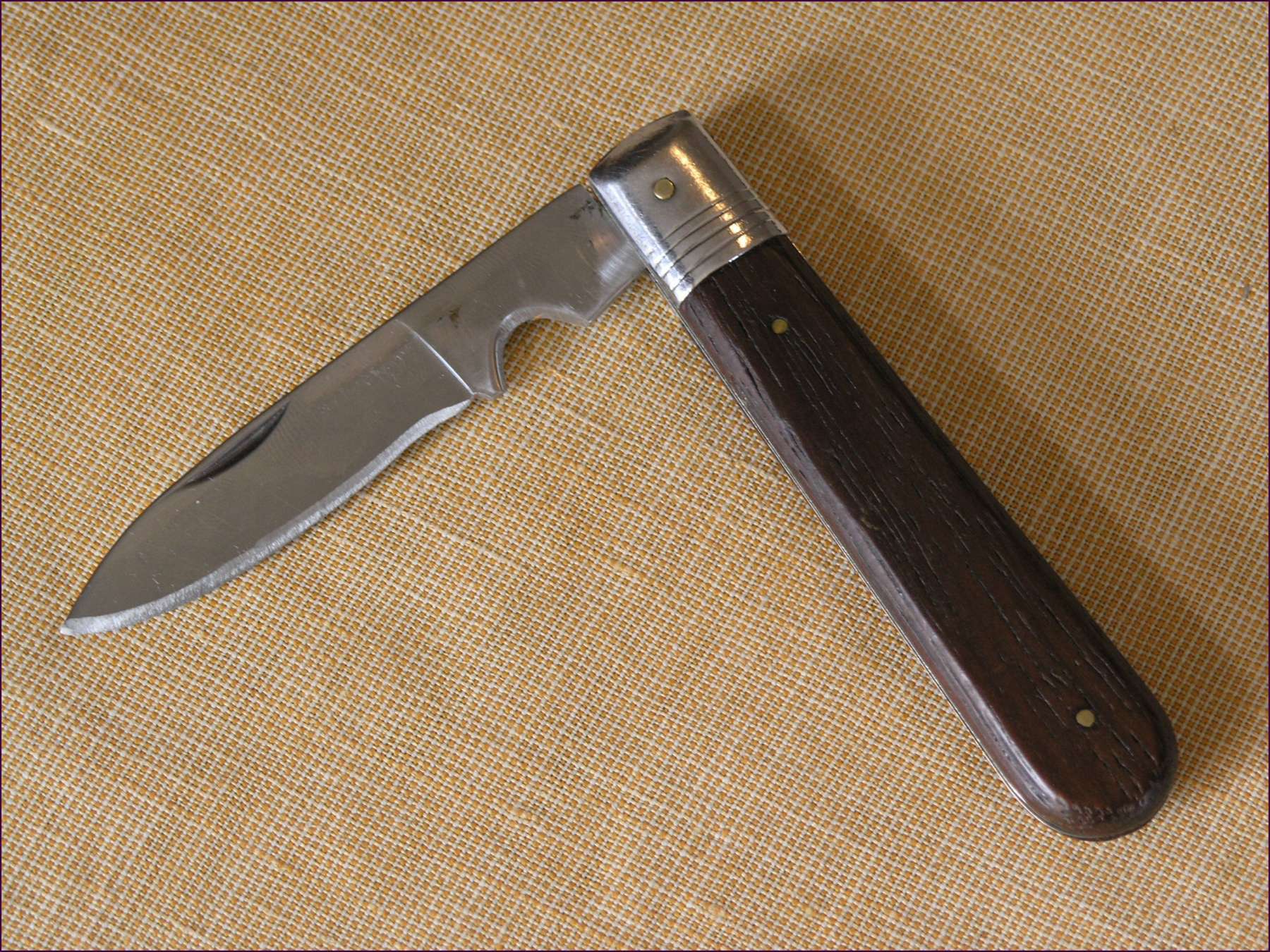|
Lira Popular
Lira popular (Popular Lire), also called string literature, refers to the style of poetry written and printed in Chile in the late nineteenth and early twentieth centuries. Poets created a series of loose prints that circulated in urban areas. It was advertised and spread by hanging it from string hung in common areas between poles or from trees. Many of the people who wrote the poems were either peasants, or poets who used the voices and opinions of the people to comment on news or social events. Themes Many of the poems in ''Lira popular'' are centered on themes such as misery, love, violence, murder, life, death, crime and religion. Poets chose these subjects to excite curiosity in readers where the accompanying illustrations depict the conditions and circumstances of their lives. Printing ''Lira popular'' were printed in varying forms over time. The first popular pages measured 26 x 35cm in Chile. Over time, they grew to 54 x 38. Liras today are of similar size. Each she ... [...More Info...] [...Related Items...] OR: [Wikipedia] [Google] [Baidu] |
Woodcut
Woodcut is a relief printing technique in printmaking. An artist carves an image into the surface of a block of wood—typically with gouges—leaving the printing parts level with the surface while removing the non-printing parts. Areas that the artist cuts away carry no ink, while characters or images at surface level carry the ink to produce the print. The block is cut along the wood grain (unlike wood engraving, where the block is cut in the end-grain). The surface is covered with ink by rolling over the surface with an ink-covered roller (brayer), leaving ink upon the flat surface but not in the non-printing areas. Multiple colors can be printed by keying the paper to a frame around the woodblocks (using a different block for each color). The art of carving the woodcut can be called "xylography", but this is rarely used in English for images alone, although that and "xylographic" are used in connection with block books, which are small books containing text and images in t ... [...More Info...] [...Related Items...] OR: [Wikipedia] [Google] [Baidu] |
Penknife
Penknife, or pen knife, is a British English term for a small folding knife. Today the word ''penknife'' is the common British English term for both a pocketknife, which can have single or multiple blades, and for multi-tools, with additional tools incorporated into the design. Originally, penknives were used for thinning and pointing quills (cf. ''penna'', Latin for ''feather'') to prepare them for use as dip pens and, later, for repairing or re-pointing the nib. A penknife might also be used to sharpen a pencil, prior to the invention of the pencil sharpener. In the mid-1800s, penknives were necessary to slice the uncut edges of newspapers and books. A penknife did not necessarily have a folding blade, but might resemble a scalpel or chisel by having a short, fixed blade at the end of a long handle. One popular (but incorrect) folk etymology makes an association between the size of a penknife and that of a small ballpoint pen. During the 20th century there has been a prolifer ... [...More Info...] [...Related Items...] OR: [Wikipedia] [Google] [Baidu] |
War Of The Pacific
The War of the Pacific ( es, link=no, Guerra del Pacífico), also known as the Saltpeter War ( es, link=no, Guerra del salitre) and by multiple other names, was a war between Chile and a Bolivian–Peruvian alliance from 1879 to 1884. Fought over Chilean claims on coastal Bolivian territory in the Atacama Desert, the war ended with a Chilean victory, which gained for the country a significant amount of resource-rich territory from Peru and Bolivia. The war began over a nitrate taxation dispute between Bolivia and Chile, with Peru being drawn in due to its secret alliance with Bolivia. But historians have pointed to deeper origins of the war, such as the interest of Chile and Peru in the nitrate business, the long-standing rivalry between Chile and Peru, as well as political and economical disparities between Chile, Peru and Bolivia. On February 14, 1879, Chile's armed forces occupied the Bolivian port city of Antofagasta, subsequently war between Bolivia and Chile was declare ... [...More Info...] [...Related Items...] OR: [Wikipedia] [Google] [Baidu] |
Bernardino Guajardo
Bernardino is a name of Italian, Hispanic, or Portuguese origin, which can refer to: Given name *Bernardino Baldi (1533–1617), Italian mathematician and writer * Bernardino Bertolotti (born 1547), Italian composer and instrumentalist *Bernardino Bilbao Rioja (1895–1983), Bolivian air force officer * Bernardino Blaceo (fl. c. 1550), Italian painter of the Renaissance period *Bernardino Borlasca (1580–1631), Italian composer of the Renaissance era *Bernardino Butinone (a.k.a. Bernardo da Treviglio)c. 1436–c. 1508, Italian painter of the Renaissance * Bernardino Caballero (1839–1912), President of Paraguay 1881–1886 * Bernardino Cametti (1669–1736), Italian sculptor of the late Baroque period *Bernardino Campi (1522–1591), Italian Renaissance painter from Reggio Emilia *Bernardino Campilius (fl. 1502), Italian painter *Bernardino Capitelli (1589–1639), Italian painter and etcher of the Baroque period *Bernardino Carboni (died after 1779), Italian decorator and wood ... [...More Info...] [...Related Items...] OR: [Wikipedia] [Google] [Baidu] |
Cordel Literature
Cordel literature (from the Portuguese term, ''literatura de cordel'', literally “string literature”, ) are popular and inexpensively printed booklets or pamphlets containing folk novels, poems and songs. They are produced and sold in street markets and by street vendors in Brazil, mainly in the Northeast. They are so named because they are hung from strings to display them to potential customers, and the word for rope in Portuguese is ''corda'', from which the term ''cordel'' is derived. History Cordel literature forms one of the least altered continuations of the Western traditions of popular literature, such as chapbooks, and popular prints. Its history dates back to the 16th century, when the printing of oral reports became popularized in the Renaissance. This genre derives from the ''papel volante'' tradition of Portugal, a literary genre also found in Spain during the 18th and 19th centuries, and offered readers a wide array of topics, from basic instruction to politic ... [...More Info...] [...Related Items...] OR: [Wikipedia] [Google] [Baidu] |




